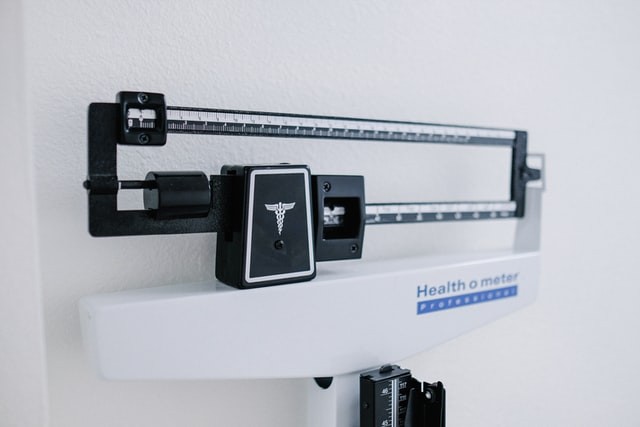A new metric for obesity diagnosis called a body shape index or ABSI, which takes into account gender, weight, age, height, and weight circumference, appears to be a more effective tool.
Last month, The Telegraph reported, a study by the Universities of Glasgow and Newcastle found that measuring ABSI alongside BMI was a better predictor of people's risk of bowel, lung, and liver cancer.
At some point, one has probably worked out his BMI, which, according to the Medical News Today, has been used for over a century.
This, calculated by dividing an individual's weight by his height in meters squared, is the formula the National Health Service uses for obesity diagnosis and by researchers and clinicians to predict the risk of a person of all manner of health issues from anorexia to diabetes and COVID-19.
Additionally, in April, the Women and Equalities Committee called for the scrapping of BMI, describing it as a hazardous strategy against obesity, triggering eating disorders, and has resulted in an increase in body image anxiety.
ALSO READ: Pandemic Reveals Realtime Effects of Obesity To The Body

According to an obesity researcher, if a man has really strong muscle, he then might have a high weight, and thus, his BMI might say he is obese although actually, he is definitely healthy in the amount of fat he is carrying and the way he is carrying it.
The ABSI Formula
ABSI was developed from the outset as a way of predicting risk for disease. Its inclusion of waist circumference is essential because while the study suggests that fat on the bottom or thighs may be neutral or even advantageous for health, fat around the middle is more hazardous and is strongly associated with type 2 diabetes, heart disease, and dementia.
Studies have found ABSI, as explained in FatCalc, is much better at foretelling the risk of illnesses and early death compared to either BMI or just waist circumference alone.
Including waist circumference not just helps to approximate where an individual store fat, but the ratio of fat to muscle, as well.
For instance, if one's weight stays the same, but he starts to lift weights and build muscle, then his waist size is likely to decline as he loses fat from around his middle. Nonetheless, his BMI would stay the same, despite him becoming healthier.
According to obesity researcher Dr. Mengmeng Ji, at the University of Illinois at Urbana-Champaign, if a man has really strong muscle, he then might have a high weight, and thus, his BMI might say he is obese although actually, he is definitely healthy in the amount of fat he is carrying and the way he is carrying it.
Expectedly, A More Popular Formula
Ji said she's expecting BMI to diminish and ABSI to become a more popular formula, although she explained that the latter is still not perfect.
She elaborated, if one really wants to use a number to show excessive fat or health, he still needs to use a machine for the detection of fat percentage and particularly where it is.
Obesity expert and GP David Haslam, also former National Institute for Health and Care Excellence chair, agrees that any one index won't be enough to measure the state of health of an individual.
ABSI, he elaborated, is edging forward from just plain and simple BMI, he objected though, to some, telling him how healthy his patient is, "when there's so much more to consider.
He also said that while a BMI of 24 might put a person in the "normal" classification, he's looking out for other symptoms such as being pale or short of breath, which could be indicators of poor metabolic health.
Related information about BMI is shown on Dr. Madhuri Sadgir's YouTube video below:
RELATED ARTICLE: Researchers Discover Hormone That Can Curb Appetite and Help Deal With Obesity
Check out more news and information on Obesity in Science Times.













![Earth's Quasi-Moon Kamo‘oalewa Could Originate From Lunar Surface Not Asteroid Belt [Study]](https://1721181113.rsc.cdn77.org/data/thumbs/full/53275/258/146/50/40/earths-quasi-moon-kamo-oalewa-could-originate-from-lunar-surface-not-asteroid-belt-study.png)
